Dr. Alex Liu (Yong-chuan Liu)
🌍 Arrival and Early Experiences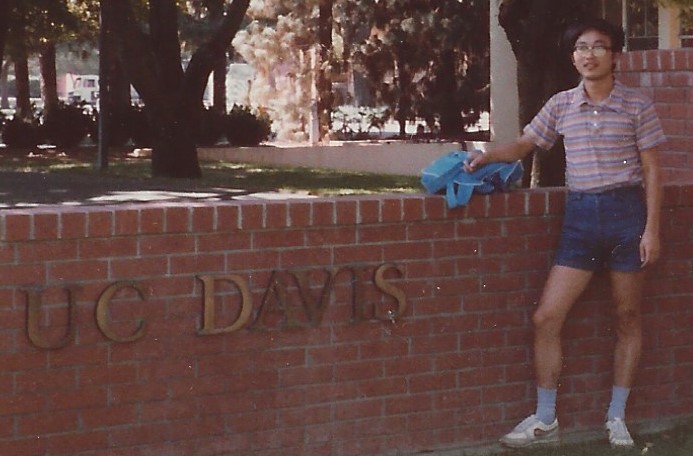 I
arrived in California from Beijing on June
20, 1986, as a Fulbright student. The
Fulbright Association arranged a
pre-academic program at the University of
California, Davis, where I spent the summer
studying English and American culture.
I
arrived in California from Beijing on June
20, 1986, as a Fulbright student. The
Fulbright Association arranged a
pre-academic program at the University of
California, Davis, where I spent the summer
studying English and American culture. In
October 1986, I formally entered Stanford
University and completed my doctoral program
on March 31, 1992. I took a one-year leave
during the 1989–1990 academic year, so in
total, I spent about four and a half years
studying at Stanford—not particularly long
in calendar years, but profoundly formative.After I obtained my degree, I worked as a
postdoctoral researcher at Stanford’s
Asia-Pacific Research Center. Later, I also
held a part-time position at the Hoover
Institution, where I engaged in comparative
research on political economy, technology,
and healthcare systems. Living near Stanford
for several years afterward gave me a sense
that I had spent much longer at the
university than the official record
reflects.
In
October 1986, I formally entered Stanford
University and completed my doctoral program
on March 31, 1992. I took a one-year leave
during the 1989–1990 academic year, so in
total, I spent about four and a half years
studying at Stanford—not particularly long
in calendar years, but profoundly formative.After I obtained my degree, I worked as a
postdoctoral researcher at Stanford’s
Asia-Pacific Research Center. Later, I also
held a part-time position at the Hoover
Institution, where I engaged in comparative
research on political economy, technology,
and healthcare systems. Living near Stanford
for several years afterward gave me a sense
that I had spent much longer at the
university than the official record
reflects.
🧭 Student Leadership and Civic
Engagement
Much like my experience at Peking
University in China, my time at Stanford was
deeply marked by community service and
student leadership—perhaps guided by the
same “spirit of service.” Many people
remembered me not just as a student, but as
someone committed to representing and
serving others—a so-called Chinese student
leader.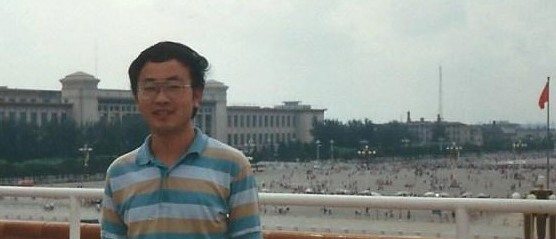 In
1987, I was among the few who helped
revitalize the Association of Chinese
Students and Scholars at Stanford (ACSSS)
and helped establish a discussion forum on
social development issues. I also built ties
with Chinese organizations across the San
Francisco Bay Area, initiating collaborative
activities.
In
1987, I was among the few who helped
revitalize the Association of Chinese
Students and Scholars at Stanford (ACSSS)
and helped establish a discussion forum on
social development issues. I also built ties
with Chinese organizations across the San
Francisco Bay Area, initiating collaborative
activities.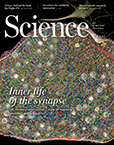 In
1989, after participating in Beijing’s
pro-democracy movement in April and May, I
returned to the U.S. in June, and in July I
was elected as the first president of the
Independent Federation of Chinese Students
and Scholars in the U.S. (IFCSS),
representing more than 40,000 Chinese
students and scholars nationwide. This role
gave me the chance to participate in major,
historic decision-making processes and to
exercise meaningful coordination and
leadership at both national and
international levels, during a critical time
for Chinese students and for U.S.–China
relations. IFCSS also pioneered the use of
early Internet and email tools to coordinate
national advocacy, a practice later examined
by researchers and journalists. This
experience anchored my early commitment to
applying technology for social good and
shaped my trajectory in social-tech
innovation.Through these initiatives, I began
to see how technology could be applied for
positive social impact—a theme that would
guide much of my later work. These efforts
also led me to receive several awards,
including recognition from the Media
Alliance and the National Graduate Student
Association of the U.S. Looking back, these
leadership experiences were groundbreaking
and socially impactful, laying an early
foundation for my later focus on
decision-support systems and data-driven
solutions, as well as seeking
human-values–guided principles for data
science and AI.
In
1989, after participating in Beijing’s
pro-democracy movement in April and May, I
returned to the U.S. in June, and in July I
was elected as the first president of the
Independent Federation of Chinese Students
and Scholars in the U.S. (IFCSS),
representing more than 40,000 Chinese
students and scholars nationwide. This role
gave me the chance to participate in major,
historic decision-making processes and to
exercise meaningful coordination and
leadership at both national and
international levels, during a critical time
for Chinese students and for U.S.–China
relations. IFCSS also pioneered the use of
early Internet and email tools to coordinate
national advocacy, a practice later examined
by researchers and journalists. This
experience anchored my early commitment to
applying technology for social good and
shaped my trajectory in social-tech
innovation.Through these initiatives, I began
to see how technology could be applied for
positive social impact—a theme that would
guide much of my later work. These efforts
also led me to receive several awards,
including recognition from the Media
Alliance and the National Graduate Student
Association of the U.S. Looking back, these
leadership experiences were groundbreaking
and socially impactful, laying an early
foundation for my later focus on
decision-support systems and data-driven
solutions, as well as seeking
human-values–guided principles for data
science and AI.
📚 Starting in Sociology—and a
Search for the Right Fit
When I entered Stanford in the fall
of 1986, I joined the Department of
Sociology to pursue a Ph.D. The department
was relatively small, but I had been drawn
by the work of two professors known for
their contributions to dynamic social
modeling.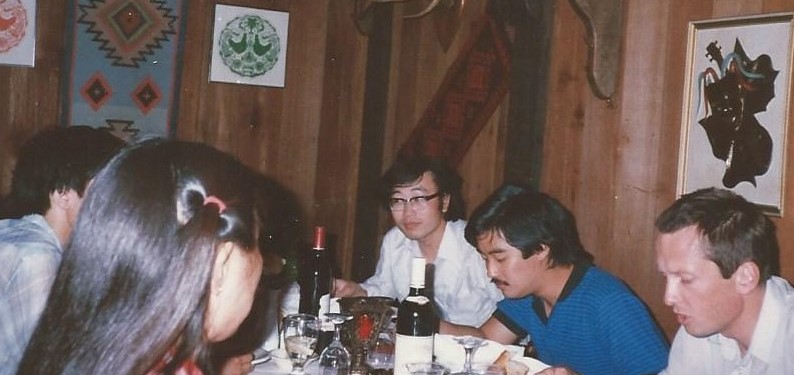 Upon
arrival, however, I discovered that one of
them had already left the university. The
remaining scholar, Professor Tuma, was
highly respected but primarily focused on
local dynamic model estimation, which
differed significantly from my research
interests.
Upon
arrival, however, I discovered that one of
them had already left the university. The
remaining scholar, Professor Tuma, was
highly respected but primarily focused on
local dynamic model estimation, which
differed significantly from my research
interests.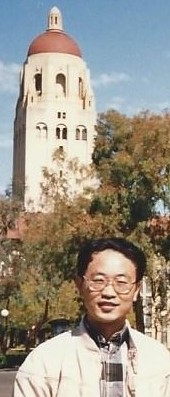 Two
younger faculty members in quantitative
methods were still early in their careers
and showed little interest in the topics I
was passionate about. This mismatch left me
so uncertain that I even considered
transferring to another university. In fact,
I recall a scholar from the Chinese Academy
of Sciences who, drawn to Stanford for the
same reasons I was, left for Harvard after
less than a year.Ultimately, I chose to remain at
Stanford. I had grown fond of the campus,
the intellectual culture of the Bay Area,
and saw that switching departments might be
more feasible—and more fruitful—than
switching universities altogether.
Two
younger faculty members in quantitative
methods were still early in their careers
and showed little interest in the topics I
was passionate about. This mismatch left me
so uncertain that I even considered
transferring to another university. In fact,
I recall a scholar from the Chinese Academy
of Sciences who, drawn to Stanford for the
same reasons I was, left for Harvard after
less than a year.Ultimately, I chose to remain at
Stanford. I had grown fond of the campus,
the intellectual culture of the Bay Area,
and saw that switching departments might be
more feasible—and more fruitful—than
switching universities altogether.
🌉 Life Beyond the Department Remaining
in Silicon Valley offered me experiences I
had not anticipated but greatly valued. I
formed friendships through social and civic
activities, gained exposure to the world of
high technology—especially the tech
entrepreneurship culture—and also began to
explore spiritual and religious traditions.At Stanford, I attended Christian
fellowships for the first time, joined
interfaith dialogues, and, during a 1989
visit to Taiwan, met Master Hsing Yun at Fo
Guang Shan Monastery to discuss the role of
Buddhism in modern life.
Remaining
in Silicon Valley offered me experiences I
had not anticipated but greatly valued. I
formed friendships through social and civic
activities, gained exposure to the world of
high technology—especially the tech
entrepreneurship culture—and also began to
explore spiritual and religious traditions.At Stanford, I attended Christian
fellowships for the first time, joined
interfaith dialogues, and, during a 1989
visit to Taiwan, met Master Hsing Yun at Fo
Guang Shan Monastery to discuss the role of
Buddhism in modern life.
🎓 Broadening My Academic Pathways
 Given
my strengths in methodology and statistics,
I was permitted to waive several required
courses. This allowed me to enroll in
advanced classes across Statistics, Computer
Science, and related departments. I
ultimately earned a Master’s in Statistical
Computing while also completing a wide array
of Ph.D.-level courses in Statistics.
Although I once seriously considered
transferring to the Statistics Department,
the time cost would have been considerable.
After consulting with mentors, I decided to
stay in Sociology to complete my Ph.D.—but
with a research agenda that increasingly
reflected my multidisciplinary journey and
interest in data analytics.
Given
my strengths in methodology and statistics,
I was permitted to waive several required
courses. This allowed me to enroll in
advanced classes across Statistics, Computer
Science, and related departments. I
ultimately earned a Master’s in Statistical
Computing while also completing a wide array
of Ph.D.-level courses in Statistics.
Although I once seriously considered
transferring to the Statistics Department,
the time cost would have been considerable.
After consulting with mentors, I decided to
stay in Sociology to complete my Ph.D.—but
with a research agenda that increasingly
reflected my multidisciplinary journey and
interest in data analytics.
🔎 Exploring New Methods: Decision
Trees and Latent Structures During
my Stanford years, two methodological areas
fascinated me most: decision tree models and
structural equation modeling (SEM),
including latent variables. These interests
drew me somewhat away from the traditional
center of gravity in Sociology, making it
difficult to find an ideal advisor within
the department.Fortunately, Stanford’s environment
was remarkably open, and my dissertation
committee was unusually supportive. It
included distinguished scholars such as
Professor Seymour Lipset, who had served as
president of both the American Sociological
Association and the American Political
Science Association. Their openness and
encouragement allowed me to pursue a
dissertation that was unconventional but
intellectually exciting.
During
my Stanford years, two methodological areas
fascinated me most: decision tree models and
structural equation modeling (SEM),
including latent variables. These interests
drew me somewhat away from the traditional
center of gravity in Sociology, making it
difficult to find an ideal advisor within
the department.Fortunately, Stanford’s environment
was remarkably open, and my dissertation
committee was unusually supportive. It
included distinguished scholars such as
Professor Seymour Lipset, who had served as
president of both the American Sociological
Association and the American Political
Science Association. Their openness and
encouragement allowed me to pursue a
dissertation that was unconventional but
intellectually exciting. I
focused my doctoral research on democratic
transitions, using data from more than 100
countries spanning the 1970s through the
1990s. I applied multiple advanced
statistical and mathematical models,
including decision trees—making me one of
the earliest to apply this method to
political science. I also experimented with
SEM and latent variable models, though this
work remained largely exploratory, since few
local experts specialized in it at the time.
I
focused my doctoral research on democratic
transitions, using data from more than 100
countries spanning the 1970s through the
1990s. I applied multiple advanced
statistical and mathematical models,
including decision trees—making me one of
the earliest to apply this method to
political science. I also experimented with
SEM and latent variable models, though this
work remained largely exploratory, since few
local experts specialized in it at the time.
🤖 Early Steps Toward Statistical
Learning and AI
In hindsight, the most
transformative technical lesson I gained at
Stanford came from the Statistics
Department: a deep engagement with
statistical learning. My exploration of
decision trees led directly into statistical
learning, which in turn opened the door to
machine learning—long before the field
became widely recognized.Earlier, at Northwestern
Polytechnical University in China, I had
focused on using mathematics to model social
problems. At Peking University, I approached
technology as a tool for addressing societal
challenges. At Stanford, particularly
through my immersion in statistics, I
refined this trajectory by applying
statistical computation to model and solve
complex social problems with greater depth
and precision.
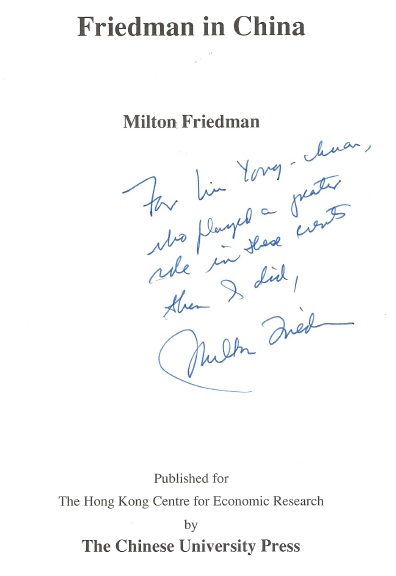 This
interdisciplinary approach gave me the
chance to interact with leading figures
across fields, including Nobel laureate
Milton Friedman. That encounter, in
particular, encouraged me to embrace a
multidisciplinary perspective—one that
blended social science with economics,
statistics, and computational methods.
This
interdisciplinary approach gave me the
chance to interact with leading figures
across fields, including Nobel laureate
Milton Friedman. That encounter, in
particular, encouraged me to embrace a
multidisciplinary perspective—one that
blended social science with economics,
statistics, and computational methods.
💼 Applied Research and Postdoctoral
Work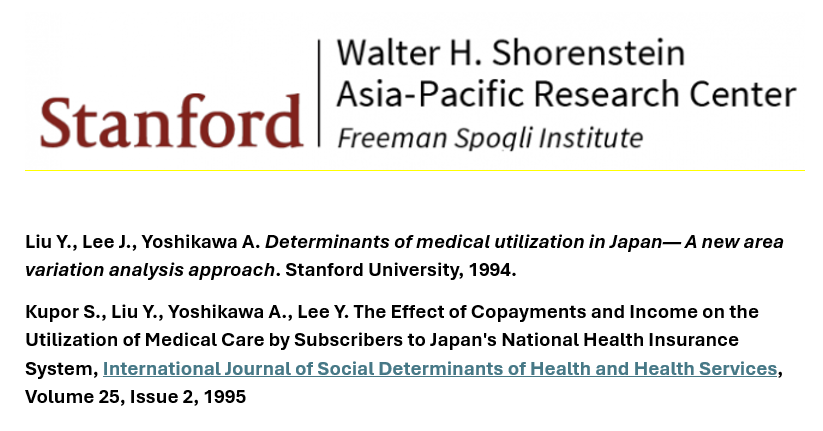 After
completing my degree on March 31, 1992, I
secured a postdoctoral position at
Stanford’s Asia-Pacific Research Center,
where I modeled healthcare systems,
comparing the U.S. and Japan. Although
healthcare was not my primary interest at
the time, this experience sharpened my
comparative policy analysis skills and
multidisciplinary approaches. Soon after, I
shifted toward business decision-making
applications—including health-related
business and social policy—which became a
lasting focus of my applied research.Later, when I taught part-time at
the University of California and elsewhere,
it was always in business schools. This was
a natural fit, since business schools valued
the methods I had specialized
in—particularly decision trees, SEM, and
latent variable modeling—and placed a
stronger emphasis on decision making than
traditional sociology.
After
completing my degree on March 31, 1992, I
secured a postdoctoral position at
Stanford’s Asia-Pacific Research Center,
where I modeled healthcare systems,
comparing the U.S. and Japan. Although
healthcare was not my primary interest at
the time, this experience sharpened my
comparative policy analysis skills and
multidisciplinary approaches. Soon after, I
shifted toward business decision-making
applications—including health-related
business and social policy—which became a
lasting focus of my applied research.Later, when I taught part-time at
the University of California and elsewhere,
it was always in business schools. This was
a natural fit, since business schools valued
the methods I had specialized
in—particularly decision trees, SEM, and
latent variable modeling—and placed a
stronger emphasis on decision making than
traditional sociology.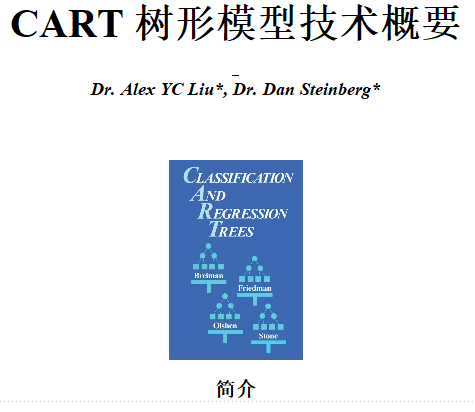 During
this period, I was deeply influenced by the
1984 book
Classification
and Regression Trees,
authored by Jerome Friedman and colleagues
at Stanford. That work later inspired
Harvard Ph.D. Dan Steinberg to launch
Salford Systems, a company dedicated to
decision tree software. I had opportunities
to collaborate with them briefly. Salford
Systems was eventually acquired by MINITAB,
and some of its members later contributed to
the foundation of transformer-based AI
models, which underpin technologies such as
ChatGPT.
During
this period, I was deeply influenced by the
1984 book
Classification
and Regression Trees,
authored by Jerome Friedman and colleagues
at Stanford. That work later inspired
Harvard Ph.D. Dan Steinberg to launch
Salford Systems, a company dedicated to
decision tree software. I had opportunities
to collaborate with them briefly. Salford
Systems was eventually acquired by MINITAB,
and some of its members later contributed to
the foundation of transformer-based AI
models, which underpin technologies such as
ChatGPT.
📘 Lifelong Commitment to
Statistical Learning
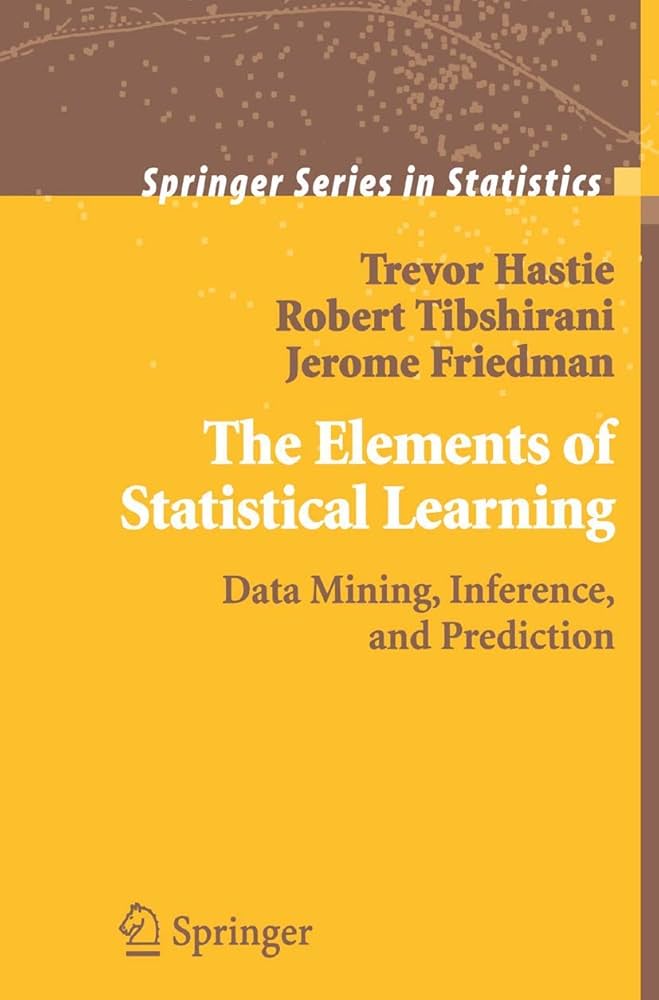 Although
my ties to the Sociology Department
gradually diminished, my connection to the
Statistics Department remained active. I
closely followed the work of Jerome Friedman
and his colleagues, especially their
influential textbook,
The Elements of Statistical Learning,
which became a classic reference in machine
learning. I used it extensively in my
professional work at IBM and in Spark-based
implementations.This long-term engagement allowed me
to advance steadily in statistical learning,
machine learning, and AI. To this day, many
assume I trained in Statistics or Computer
Science at Stanford, rather than Sociology.
While that misconception is understandable,
the truth is that my core motivation has
always been applied, socially relevant
research—using data science and AI to
address real-world social and human
challenges.
Although
my ties to the Sociology Department
gradually diminished, my connection to the
Statistics Department remained active. I
closely followed the work of Jerome Friedman
and his colleagues, especially their
influential textbook,
The Elements of Statistical Learning,
which became a classic reference in machine
learning. I used it extensively in my
professional work at IBM and in Spark-based
implementations.This long-term engagement allowed me
to advance steadily in statistical learning,
machine learning, and AI. To this day, many
assume I trained in Statistics or Computer
Science at Stanford, rather than Sociology.
While that misconception is understandable,
the truth is that my core motivation has
always been applied, socially relevant
research—using data science and AI to
address real-world social and human
challenges.
🧠 A Foundation for AI in Social
Science and Healthcare
My years at Stanford from 1986 to
1992 were transformative. They built the
foundation for my later work in AI for the
social sciences, particularly in healthcare
policy and management AI. The
interdisciplinary training I received
combined the perspectives of sociology,
statistics, and computational methods. It
also gave me early opportunities to apply
decision trees and SEM to complex political
and policy problems, while laying a
technical foundation in statistical learning
and machine learning.Equally important, my leadership
experience—whether in student organizations,
national associations, or comparative policy
research—helped me learn how to connect
data-driven insights with real-world
governance needs, guided by human values.
This balance of technical rigor and
practical relevance, anchored in human
values, continues to guide my career to this
day.
The
interdisciplinary training I received
combined the perspectives of sociology,
statistics, and computational methods. It
also gave me early opportunities to apply
decision trees and SEM to complex political
and policy problems, while laying a
technical foundation in statistical learning
and machine learning.Equally important, my leadership
experience—whether in student organizations,
national associations, or comparative policy
research—helped me learn how to connect
data-driven insights with real-world
governance needs, guided by human values.
This balance of technical rigor and
practical relevance, anchored in human
values, continues to guide my career to this
day.


Much like my experience at Peking University in China, my time at Stanford was deeply marked by community service and student leadership—perhaps guided by the same “spirit of service.” Many people remembered me not just as a student, but as someone committed to representing and serving others—a so-called Chinese student leader.


When I entered Stanford in the fall of 1986, I joined the Department of Sociology to pursue a Ph.D. The department was relatively small, but I had been drawn by the work of two professors known for their contributions to dynamic social modeling.






In hindsight, the most transformative technical lesson I gained at Stanford came from the Statistics Department: a deep engagement with statistical learning. My exploration of decision trees led directly into statistical learning, which in turn opened the door to machine learning—long before the field became widely recognized.Earlier, at Northwestern Polytechnical University in China, I had focused on using mathematics to model social problems. At Peking University, I approached technology as a tool for addressing societal challenges. At Stanford, particularly through my immersion in statistics, I refined this trajectory by applying statistical computation to model and solve complex social problems with greater depth and precision.





My years at Stanford from 1986 to 1992 were transformative. They built the foundation for my later work in AI for the social sciences, particularly in healthcare policy and management AI.

